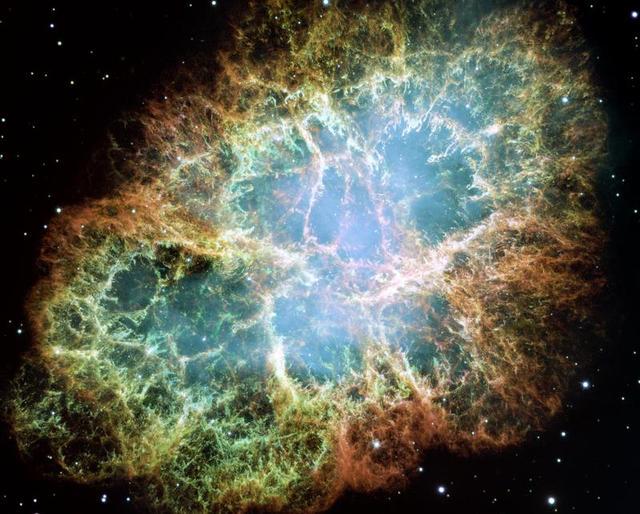Primero la maravilla:

Y ahora la explicación:
In 1054, a supernova went off in our galactic neighborhood and was recorded in a number of historical accounts. Today, the remnants of that blast form the spectacular Crab Nebula shown above. Buried within it is a rapidly rotating neutron star, which we can detect by its pulsed emissions. Now, researchers have used a rather unusual telescope—one that incorporates our own planet into the optics—to catch a glimpse of the pulsar using very high energy gamma rays.
The results are surprising: in contrast to expectations, the pulses are visible at energies of 100GeV and beyond, casting doubt on our current models for how pulsars work.

Una respuesta a «Maravillas interestelares»
[…] otro día nos íbamos hasta el espacio interestelar en busca de una imagen sencillamente maravillosa, esta vez no hay que ir tan lejos. Basta con […]